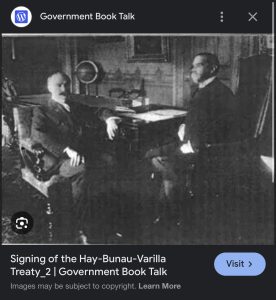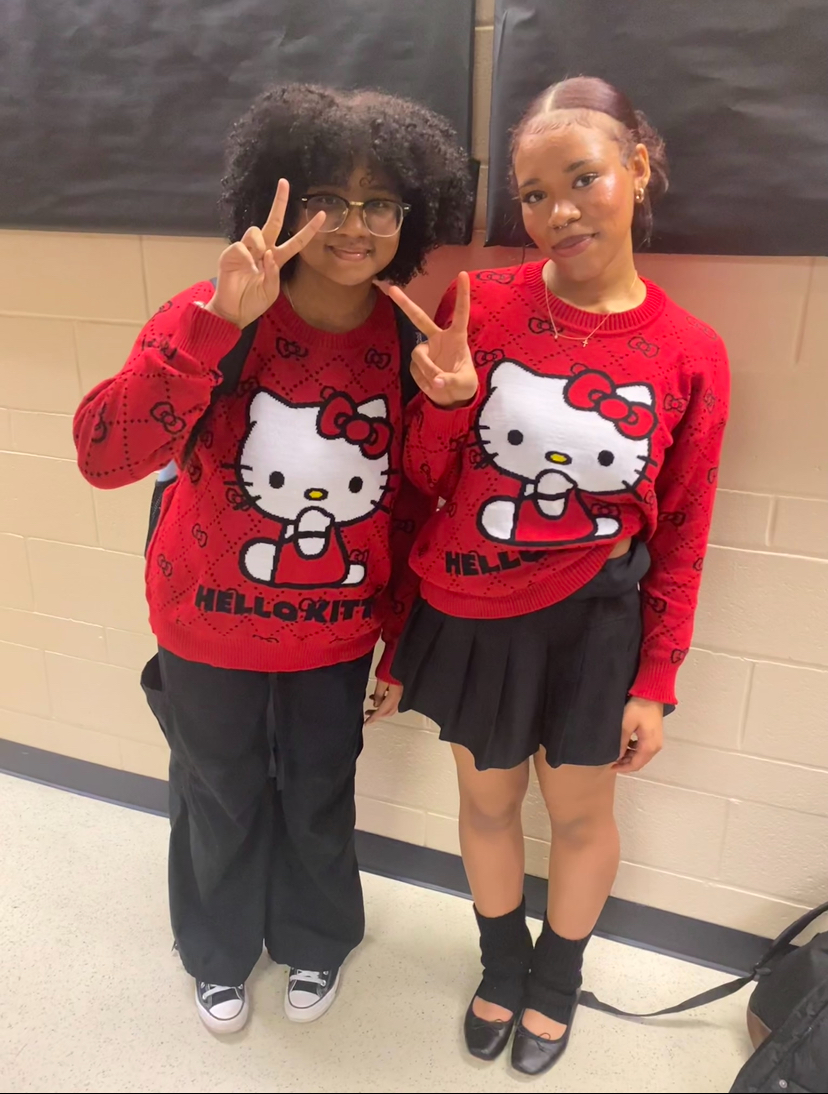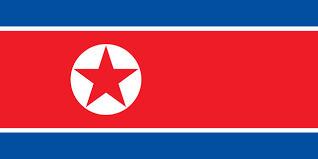Although Panama may not come up often in casual conversation, it is a beautiful country whose contributions to global commerce are too great to ignore. Most people may remember it due to the Panama Canal, but they may be unaware of the history of the country and its timeline. In this article, we will cover different aspects of Panama such as its culture, politics, society, news industry, as well as a brief timeline summarizing some of the most meaningful events from the 20th and 21st century!
Culture
Panama is a beautiful country with a rich history and great culture. Panama’s culture has been influenced by Spanish occupation, indigenous traditions, as well as its time being part of “La Gran Colombia.” Panama’s culture is very diverse and varies tremendously depending on if you are in a rural area or an urban area closer to the canal. Foods like arroz con pollo or sancocho are staples in the Panamanian diet. The music scene is very diverse, consisting of many different genres such as Caribbean beats, North American rock, and more traditional Hispanic music as well. The national outfits are the Gala Pollera and the Montuno, these are beautiful outfits meant to showcase the beauty of the country and they originated in the central provinces.
Politics
Panama’s political history has been somewhat rocky. Usually swinging like a pendulum, going from stable to full of challenges. Panama was considered a constitutional democracy after it separated from Colombia until the 1960s. However, during Manual Noriega shadow government, it was a dictatorship. Noriega never served as a president, but he ruled as a military dictator. His downfall began when the US invaded Panama in December of 1989, and he surrendered in late January of 1990. After this, Guillermo Endara was sworn into office.
Society
Panamanians are not a monolith, but they are known for their warmth and hospitality. As in many other Hispanic cultures, family is a very important part of Panamanians’ lives. Having a strong network of support is key to getting through the motions of life. Many Panamanians are also very educated and speak English in addition to Spanish. The country’s unique cultures make for a rather diverse society, and every Panamanian I have met has been wonderful. As in many other countries though, there are still issues when it comes to racism, homophobia, or classism. The wealth gap is a huge issue affecting Panamanians, as many live below the poverty line.
History
- Hay- Herran Treaty (January 22,1903) – US was scheming with Colombia, and this treaty allowed the US to gain rights over the land for the planned Panama Canal.

The treaty of Hay-Herran was named after these two - Panama’s second independence (Nov 3rd, 1903) – After gaining their independence from Spain, Panama joined a mega-country called La Gran Colombia. This country consisted of Venezuela, Colombia, Panama, and Ecuador. They ended up disbanding, but Panama and Colombia stayed united. However, years of mistreatment and no representation in the country’s government led to Panama revolting and gaining their independence once more.
- Hay-Bunau-Varilla treaty (Nov 18, 1903)- Granted the US full canal rights in exchange for financial reimbursement and protections for this newly independent country.

Picture of the signing of the treaty - Construction of the Panama Canal (1904- 1914) – Revolutionary Canal connecting the Pacific and Atlantic Ocean.

The Canal’s construction took many skilled laborers from the US, the Caribbean and Panama - Gold roll/ Silver roll (lasted for the construction of the Canal, but legacy affected generations after)- US institutionalized racism was imported to Panama with the Gold and Silver roll system. White Americans working on the construction of the canal were on the Gold Payroll (American gold-backed dollars) and they had access to better facilities and a better quality of life. Afro-Caribbean immigrants and Black Americans working in the construction of the canal were paid in the local silver-backed currency and they were separated from their golden counterparts. This system was prevalent even after the construction of the canal, and it was dismantled in the 60s.

The sign reads ” The Farfan beach is reserved for the use of the white employees of the Panama Canal, the railroad company, their family, and their guests.” - Panama ceases to be a US protectorate (1936)- The US gave up rights to intervene in Panama’s government or internal workings, but they maintained power over the canal.)
- Troubles in the Canal Zone (1960s) – Growing number of people wanted the treaty made in 1903 that established canal zone as American territory remade. JFK had agreed to fly the Panamanian flag next to the American flag in the canal zone, but he dies, and the canal zone government ignores his wishes. They got rid of all the flags (Both American and Panamanian), which created tensions with the Zonians (Americans living in the Canal Zone) because they saw it as disrespectful. Very tense times between Zonians and Panamanians
- Martyr’s day (January 9- 1964) – Explosive day in which anti-imperialist riots occurred. Students at Balboa High School (Zonian school) boycotted school after the American flag was removed. The students walked out of their class and raised another American flag. Word of this got to Panamanian public high schools, and students marched across the Canal Zone to plant a Panamanian flag as well. Zonians tore the Panamanian flag, and this is what caused the violent actions from this day. 22 Panamanians and 4 American soldiers were killed. This event is credited as one of the motivating factors for the United States’ eventual decision to give up control of the Canal, as they saw their hold on the region slipping.

“Life” magazine covered the events of Martyr’s Day - Panama assumes full control of the Panama Canal ( Dec 31st 1999) – Through the Torrijos-Carter treaty, there was a gradual transfer of power over the Canal. The treaty was signed in 1977, and Panama had full ownership by 1999, ending a decades long feud and years of American influence in the region.
- Protests in the 2020’s- One of the biggest protests in this decade occurred in 2023 and had to do with the country’s natural resources. The government had a contract to allow a Canadian company to mine copper in Panama, but the citizens of the country disagreed with this decision. As a result, there were widespread protests and acts of civil unrest. As we have seen, Panamanians are very vocal when they disagree with something, and their commitment to making sure their voices are heard is very admirable.

Picture of the protests against the mining
News Industry
- Corporate News outlets include: Televisión Nacional (TVN), La Cascara, and Telemundo.
- Social Media outlets include: Instagram, Facebook, Twitter, Foco, and many news chains get spread through Whatsapp ( an online messaging app)
- Primary Print News outlets include: La Prensa, Panamá América, y El Siglo.
I hope this article gave you a better idea of Panama’s rich history and how it got to where it is today. It is very important to be educated about the world around us, so I encourage you to read more articles by the Ledger staff about other countries!





